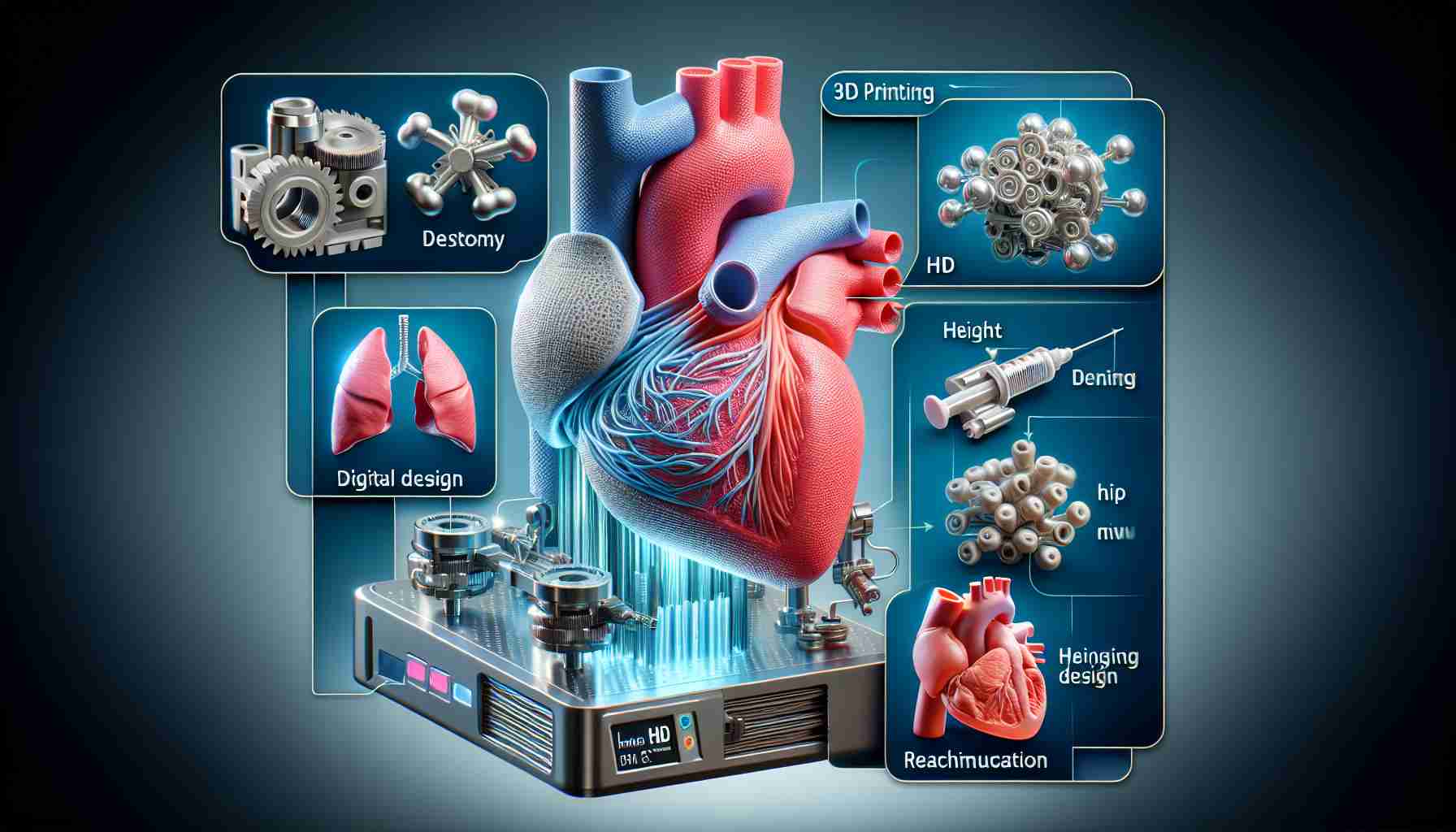During the Covid-19 pandemic, the medical equipment manufacturing industry faced numerous challenges. Weaknesses in the healthcare system in the United States were exposed, such as disruptions in the supply chain, impact on medical equipment and personal protective equipment (PPE) inventories, and a shortage of staff. In a study conducted by Ernst & Young, as many as 57% of firms admitted to experiencing serious disruptions during this time.
In an industry where medical equipment supplies are crucial for missions and disruptions are not an option, it is important to analyze healthcare plans and adapt strategies to be prepared for any extraordinary events.
From Physical to Digital
Currently, we are intensively preparing the supply chain of medical equipment for frontline workers and patients. The truth is, the benefits of having a digital plan for medical equipment production are significant. Unfortunately, the strategy of digital warehousing is still underappreciated among medical device manufacturers. Access to reproducible and reliable equipment at any time is the answer to upcoming disruptions in the supply chain. It is relatively easy to say, but difficult to implement. The good news is that 92% of surveyed companies are investing in new technologies, highlighting the recognized need for digital supply chains in this sector. How can this be achieved? One way is by investing in 3D printing.
Add 3D Printing
By using 3D printing, medical manufacturers can rapidly increase the production of products such as PPE and nasal swabs when necessary, minimizing disruptions in the supply chain. By investing in 3D printing, there won’t be a paralysis triggered by analysis during a crisis. Why? 3D printing enables decentralized production, which means parts can be printed and assembled anywhere in the world, significantly reducing the time associated with traditional production and shipping of PPE. For example, if production had to take place in 150 locations, can we quickly increase production output? Do we have documentation ready for shipping? Do we have data showing where the highest production capacity is? Digital warehousing and digital production planning can answer all these questions.
This approach using 3D printing simplifies market entry and enables on-demand printing, leading to more sustainable equipment production with less waste.
Predict…Predict…Predict
Understanding the value and need for predictive analysis in determining supply chain requirements and potential challenges is essential. 3D printing technology can use tangible market data to better determine the demand for this technology. Adding 3D printing to the digital workflow also makes business sense because parts can be printed anywhere when stocks are low.
By utilizing 3D printing in the strategy of digital warehousing, part files are stored in a secure cloud database or created on-site based on CAD files. As they are not manufactured in one place and do not need to be transported using multiple means of transportation, hospitals and medical facilities save time and money on storage costs, as parts can be printed with the appropriate geometry and materials each time. Moreover, as part of a holistic digital production plan, it incorporates regulatory requirements, design history files, work instructions, and regulatory requirements, making compliance easier to achieve.
In conclusion, whether it’s face shields in the emergency department or other eye protection in a doctor’s office, one thing is certain: if you don’t plan, predict, and adapt your strategies, you won’t be prepared for the next pandemic, weather-related events, or emergency situations. Change the approach from physical to digital and invest in 3D printing technology today so that medical facilities can easily create reproducible and durable PPE on demand, speeding up the process of safely printing equipment for medical staff. This way, they will never have equipment shortage issues again, as they experienced during the previous pandemic.
Image: Klaus Vedfelt, Getty Images
FAQ Section based on the main themes and information presented in the article:
1. What challenges did the medical equipment manufacturing industry face during the Covid-19 pandemic?
– The challenges manifested as disruptions in the supply chain, a lack of medical equipment and protective gear, and a shortage of staff in the healthcare system.
2. What solutions are proposed for medical equipment manufacturers?
– It is important for companies to analyze their healthcare plans and adjust strategies to be prepared for extraordinary events.
– Investments in digital warehousing and digital production planning can help increase efficiency and shorten response time to supply chain disruptions.
3. How can 3D printing technology assist the medical industry?
– 3D printing allows for decentralized production, minimizing disruptions in the supply chain.
– It enables medical manufacturers to quickly scale up production of products such as PPE and nasal swabs when necessary.
4. How can predictive analysis be utilized to improve the supply chain?
– Predictive analysis can better understand the value and needs of the market, helping to determine the demand for specific technologies.
5. What are the benefits of digital warehousing and digital production planning?
– Digital warehousing and production planning save time and money on storage costs.
– They allow for the production of parts with the correct geometry and materials each time.
– They facilitate compliance with regulatory requirements.
6. Why is investing in 3D printing technology beneficial for medical facilities?
– Investing in 3D printing technology enables medical facilities to easily create reproducible and durable PPE on demand, speeding up the printing process for medical staff.
Related Links:
– Ernst & Young – Medical technology: COVID-19 – Challenges, demand shifts, and investing for the future
– Klaus Vedfelt, Getty Images
The source of the article is from the blog crasel.tk
